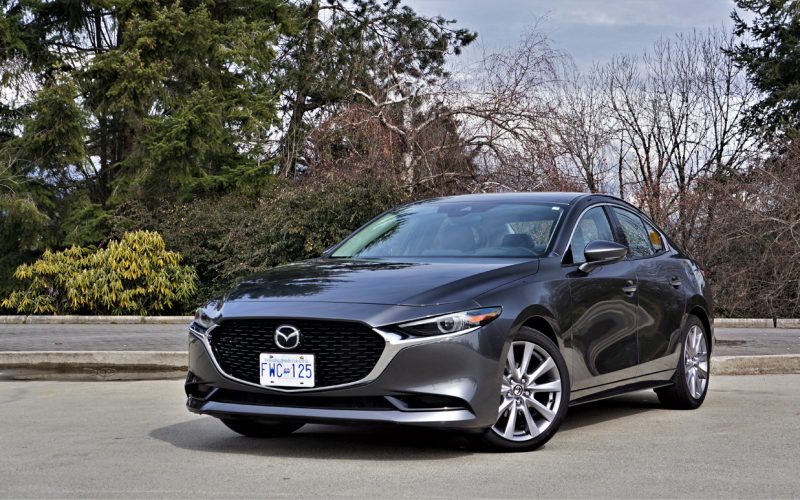
Reading Time: 15 minutesPerfect? No. Excellent? Yes. That’s it. I’m done. How I wish it were that easy to
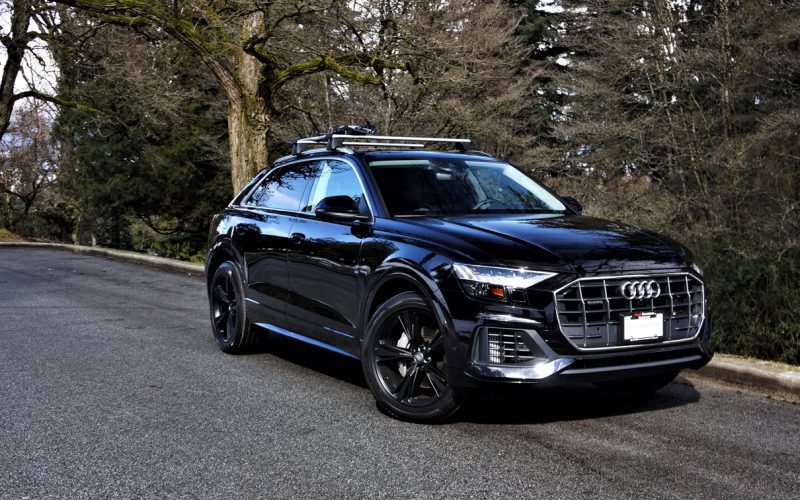
Reading Time: 10 minutesEveryone knows Lexus SUVs are amongst the most reliable in the luxury sector, but just one
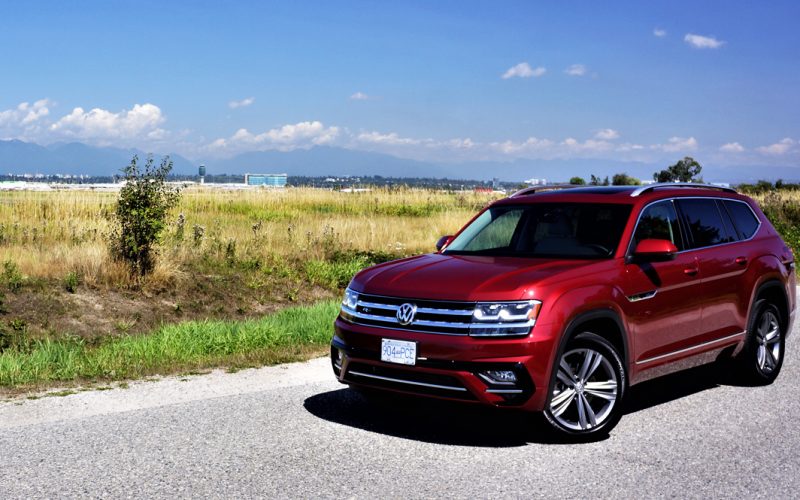
Reading Time: 12 minutesThe health crisis has caused mayhem in many industries, and while the auto sector hasn’t been
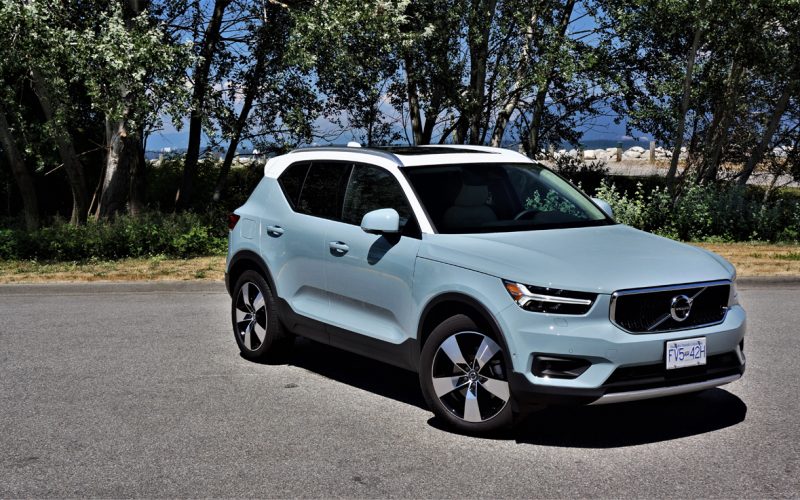
Reading Time: 11 minutesSo, you need to get rid of your old car and want something that looks good,
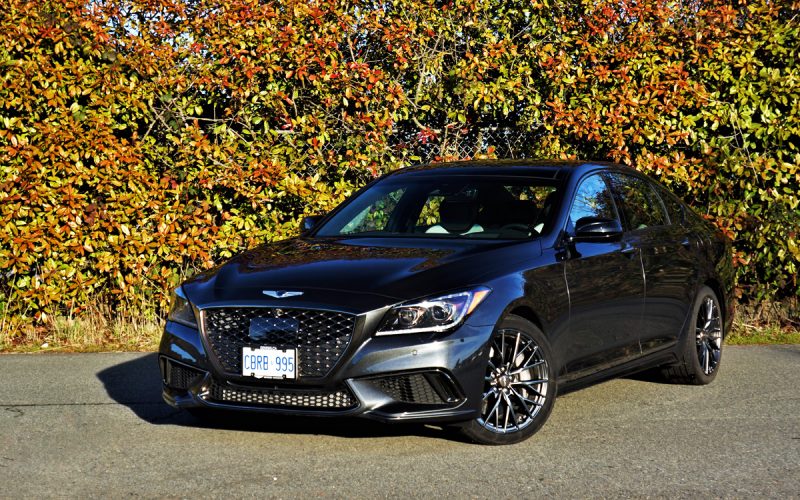
Reading Time: 13 minutesIf you were smart enough to purchase a 2015-2016 Hyundai Genesis Sedan back when it was
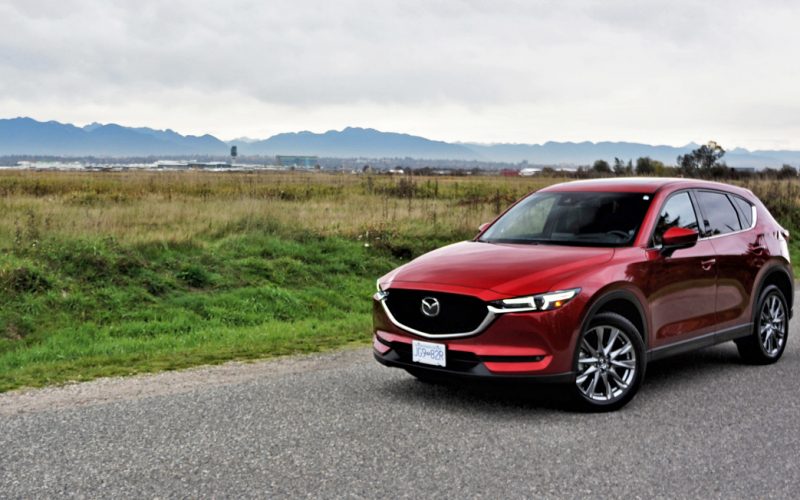
Reading Time: 10 minutesAnticipation. Sometimes it’s better than the real thing. Just think back to someone you fell head
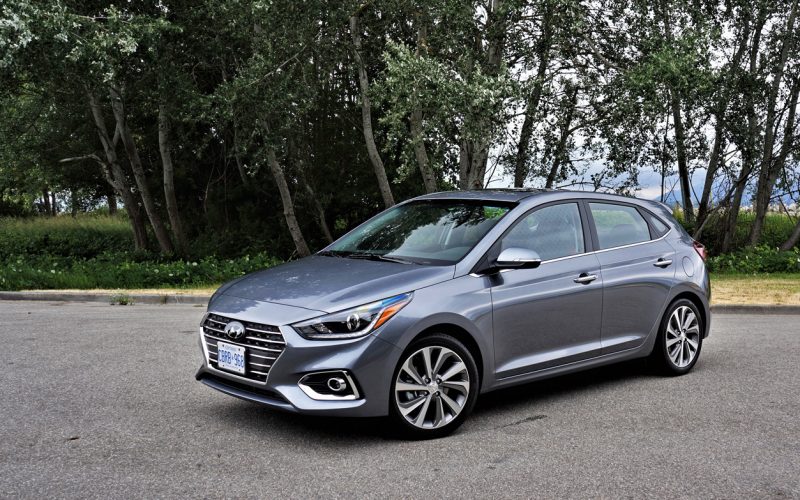
Reading Time: 12 minutesHyundai’s popular Accent hasn’t changed all that much since generation-five was introduced for the 2018 model
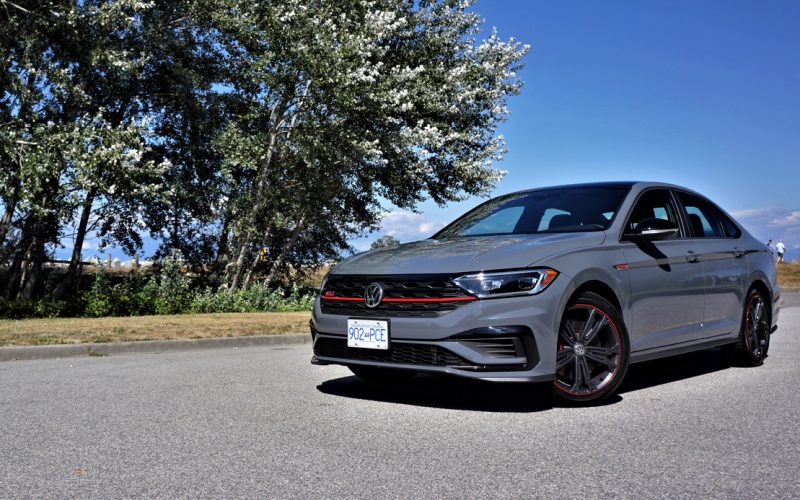
Reading Time: 10 minutesHonestly, other than being rare compared to Honda Civics, Toyota Corollas, Hyundai Elantras and Mazda3s, and
© 2025 The Car Magazine. All Rights Reserved, Privacy Policy | Terms of Use